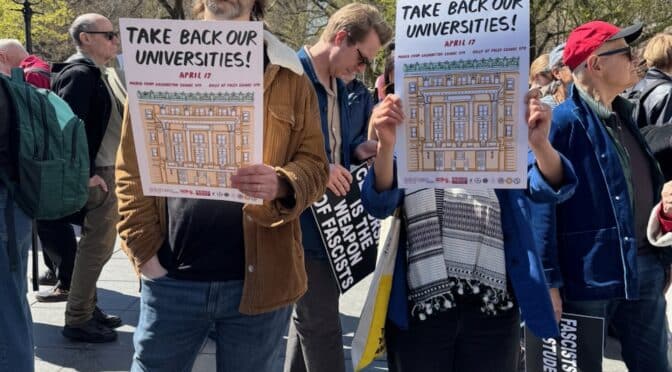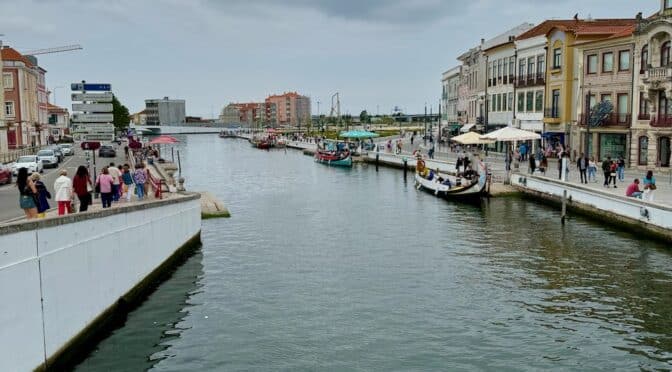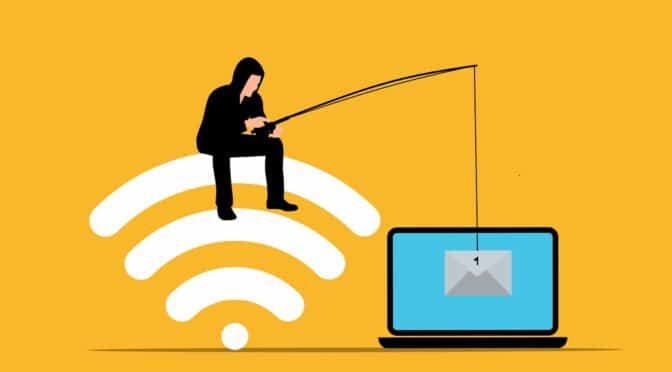by Nick Taylor
We New Yorkers like to say New York is the greatest city in the world. But if that’s true, why do we have such lousy Internet access?
Numerous surveys over the last year or so put us near the bottom of the list in terms of speed and near the top in the price we pay. Too little speed, too much money.
I use Verizon’s DSL service at home. It sucks. I’d use FiOS, but Verizon hasn’t brought it to my one-block Greenwich Village street of homes and low-rise apartment buildings. They’re installing the fiber-optic system where the money is. So I don’t have the broadband capacity to stream movies or TV series.

I still get DVDs, yesterday’s technology, in the red-and-white envelopes from Netflix by way of snail mail, two centuries-ago technology.
My other option is Time-Warner Cable. It’s faster than DSL, but not that fast. My downstairs neighbor has it, and he says yes, his movies stream but occasionally pause in mid-stream. I’d switch, but I hate Time-Warner Cable; it doesn’t even do a good job of providing cable television.
In the meantime, New York lags far behind most Asian and European cities. The New York Times Clair Cain Miller reported last October that it takes seven seconds to download a high definition movie in Seoul, Hong Kong, Tokyo, Bucharest, and Paris, for as little as $30 a month. Downloading the same movie in New York, she wrote, takes almost a minute-and-a-half and access to even that speed costs $300 a month. Her figures came from a report published by the New America Foundation’s Open Technology Institute.
The reason, as Miller and others have reported, is that Verizon and Time-Warner treat New York as a shared monopoly. They charge accordingly, and feel no pressure to improve service since there’s no other competition.
The City of New York could enter the picture. American cities with the fastest networks installed them themselves. Or, as in the case of Kansas City, Google did it. The networks are fiber-optic, which are exponentially faster than those on existing phone or cable lines. In New York, of course, a critical mass of existing infrastructure – old buildings, little open space, and a subterranean network of gas, water, and sewer lines complicated by subway tunnels – the task becomes more daunting.
But the city could still, I believe, exert some pressure on Verizon to extend its FiOS lines to every city neighborhood, not just the ones that produce the greatest profit. Internet access has become a public utility, like water, gas, phone and electric service. And like any public utility, it should be available to all members of the public.


